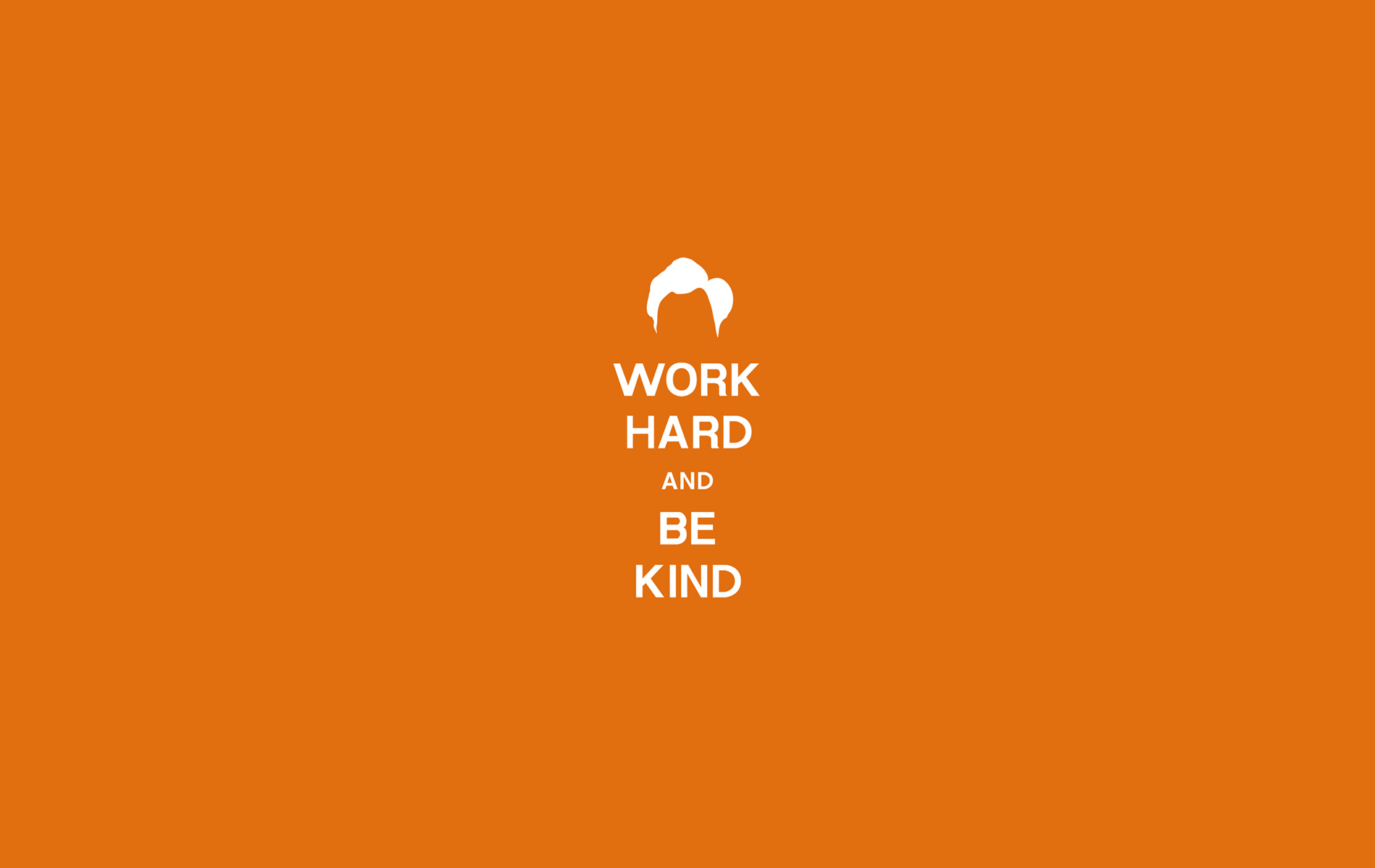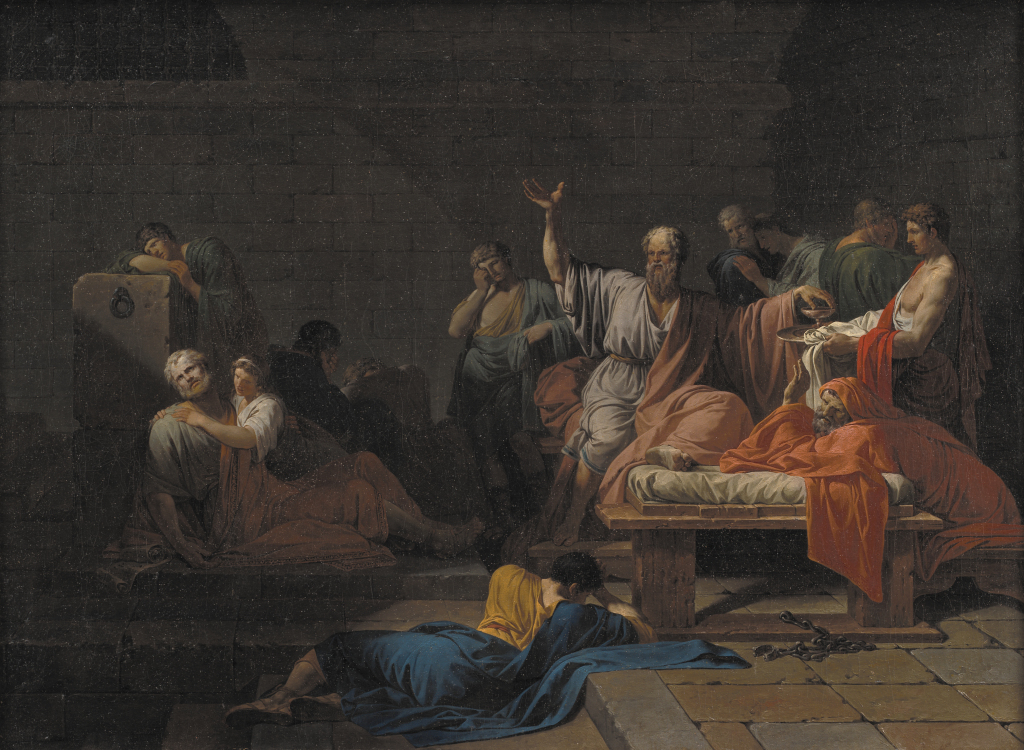There is an old parable about a tree that falls onto an old dirt road in the forest. On the day the tree falls, the daughter of a rich king is passing through the forest in her carriage. The carriage runs over the tree, loses control, and crashes. A passing lumberjack sees the overturned carriage and carries the princess to safety. Her father, the king, throws a great celebration in honor of the lumberjack, and rewards the hero with riches. In the next village, another tree falls on the road. In this village, the lumberjack sees the fallen trunk and with great difficulty carries it off of the road. The princess never crashes and she continues on her way, none the wiser. A hero all the same, there is no celebration and no reward for this lumberjack. This allegory wins no awards for its subtlety. While life-saving and innovative treatments are often lauded by the general public, the praises of preventive measures often go unsung.
Vaccines are considered among the safest and most effective public health interventions. [1] There is no dispute among the scientific community, and repeated peer-reviewed studies have detailed the value of vaccines as preventive health measures. These studies collectively support the conclusion that the benefits of using vaccines to minimize illness outweigh the potential risks. It is precisely because of the overwhelming success of immunizations that people have little or no personal experience with diseases like smallpox, or chickenpox, or polio.
Parental autonomy suggests that parents have the right to raise their children as they see fit. As a result of this benign belief, however, more young parents believe that vaccination should be a choice. [2] To combat the anti-vaccination movement, health care providers have traditionally relied on their role as medical experts and discussed the scientific data, expecting patients to trust in evidence-based medicine. But the inability of overwhelming evidence to quell controversy and resolve debate has led to greater polarization—biased reasoning has made discussion counterproductive and has led to the intensification of beliefs for many of those opposed to vaccination. As a result, there are groups of under-vaccinated children which increase the risk of an outbreak in the general population. [3]
There are patients who will continue to refuse to accept research and statistics, even when presented by a trusted family physician. These patients have fallen victim to misinformation and fear-mongering. Their concerns include side effects, immunization schedules, financial incentives, and “Big Pharma”, but more broadly represent suspicion of biomedical research and healthcare providers. [1]
Physicians often suffer from the curse of knowledge—an inability to recall the lack of understanding that came before learning a new concept. This may play a role in the notoriously poor communication skills of doctors. For example, watch a third year medical student discuss a clinical subject with a first year medical student and notice the difference in the use of clinical jargon.
Learning how to read a research paper, understanding how and why the study was performed, and recognizing the implications of its conclusions are skills taken for granted by those in the scientific community. These skills take years to learn, yet clinicians reference data and statistics to their patients indiscriminately. If we want patients to trust us, we have to admit when what we are doing is not working, and be willing to change. For some patients, citing facts and figures is not an effective tactic.
It can be easy to vilify those opposed to vaccination, but new parents continue to be drawn to the movement every day. In a culture of blame, when there is an outbreak of an infectious disease, we instinctively search for someone to condemn and hold culpable. We would be better served by identifying what makes individuals skeptical and how we can change misconceptions and behaviors. The issue at hand involves trust. Some patients will not trust what we have to say as providers. We have to consult the experts—we must refer them to their grandparents.
Grandparents can discuss the ominous nature of diseases that many of us, due to vaccination, are not frequently exposed to. They can explain what it means to have a cousin under quarantine or a sibling living with the complications of an infectious disease. They can express what it means to lose an infant child to a vaccine-preventable illness. Anti-vaccination parents have had the impact of their decisions mitigated due to many years of previous vaccination and herd immunity—a community’s general protection from disease because of a high proportion of immunity in its members. It is time for us, as medical professionals, to admit that we must change our tactics. Some patients may not understand the consequences of many of these infectious diseases, but I bet their grandparents do.
References:
- http://iom.nationalacademies.org/Reports/2013/The-Childhood-Immunization-Schedule-and-Safety/Report-Brief011613.aspx
- http://www.pewresearch.org/fact-tank/2015/02/02/young-adults-more-likely-to-say-vaccinating-kids-should-be-a-parental-choice/
- http://www.reuters.com/article/2015/08/27/us-usa-vaccine-exemptions-idUSKCN0QW2JY20150827
Clipart edited by Ilya Aylyarov











